Recipe Rillettes of Le Mans
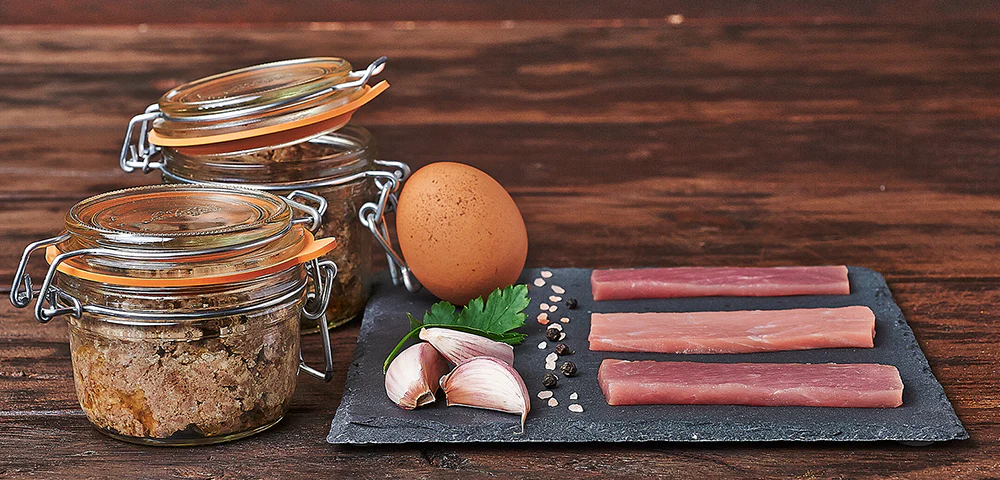
Preparation time:
1h30
Heat treatment time:
9h
Ingredients
Number of persons: 10 servingsPreparation
- Ask your butcher to remove the rind and bones from the meat. Cut the lean meat into walnut-sized cubes. Remove the sinews. Cut the fat of the bardière into small cubes, then the flank into lardons.
- Put a glass of water in the bottom of a stewpot. Bring to the boil and melt the bacon for 5 minutes. Add the pork belly and pork loin and brown for 10 minutes, stirring with a spatula.
- Add the chops and brown for 10 minutes, stirring constantly. Add the bardière fat and melt until it boils.
- After 60 minutes, when the juices and fat cover everything, season with salt and pepper. Cover the casserole and allow to bubble gently. Simmer for around 6 hours.
- Remove from the heat, the fibres should now separate. Mash the mixture to obtain a smooth paste.
- Fill the Le Parfait Super or Familia Wiss terrines to within 2 cm of the edge. Close and heat for 2 hours at 100°C.
"Before taking up residence in Le Mans, in the heart of the Sarthe region, thanks to Albert L'huissier, rillette enjoyed the pleasures of the Indre et Loire region. For a long time, this traditional recipe was a domestic preparation made when pigs were slaughtered. It wasn't until 1865 that this local product began to be marketed by pork butchers. Rabelais, and later Balzac, did him the honour of evoking its origins in their writings".

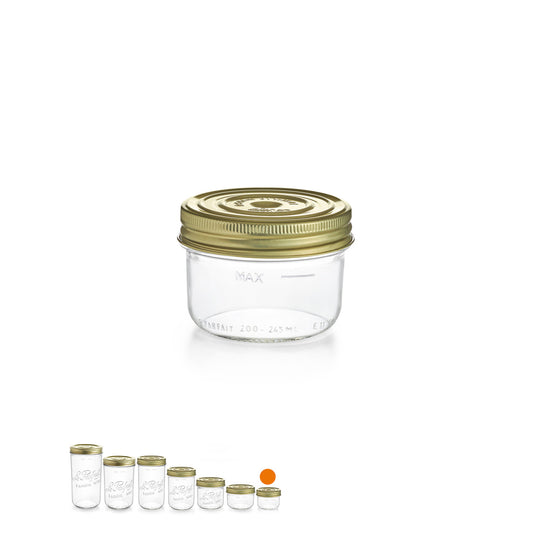
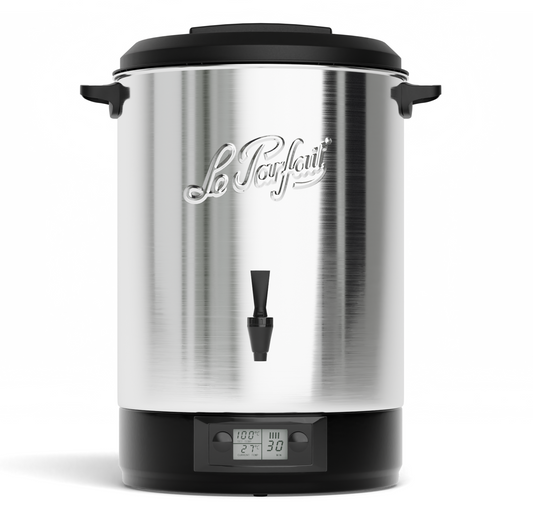
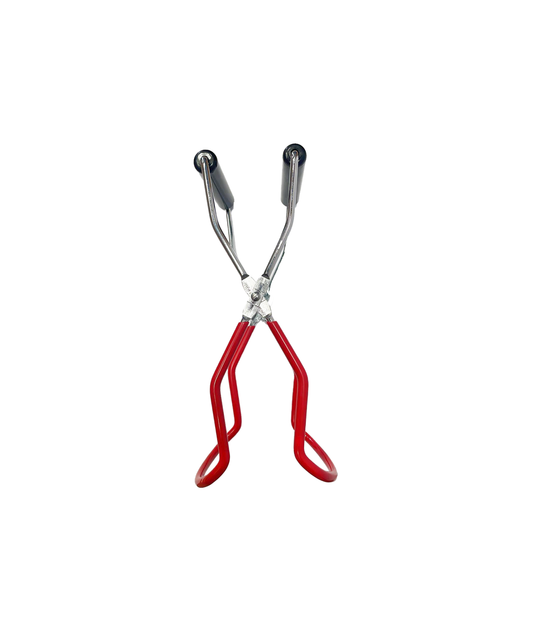
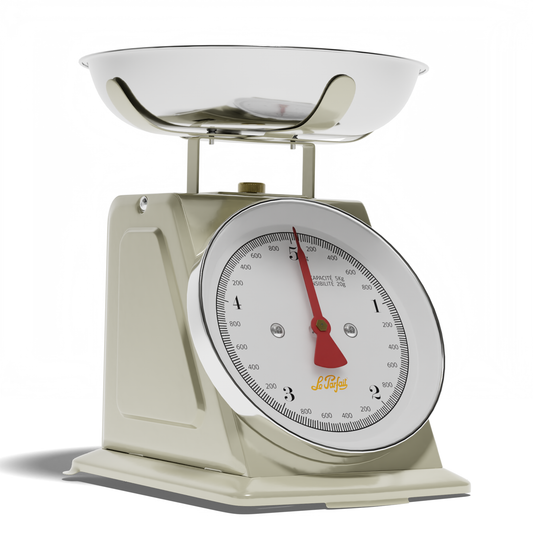
5 comments
Pour ma part je mets un morceau demi sel et deux autres morceaux non salés de même poids ce qui fait 1/3+1/3+1/3. Et je rajoute un morceau de gorge de moitié poids d un morceau. Un bouquet garni, sel poivre. Pour les morceaux : jambonneau, poitrine, palette.
Ah oui effectivement beaucoup trop salé, aujourd’hui j’ai salé à 12 grammes par kilo de viande cru et ça me semble très salé . Pour la stérilisation je mets 2 h à 100° ( stérilisateur électrique) ça fait une dizaine d’années que je fais comme ça, les rillettes se conserve bien.
Un conseil ne pas trop remplir les pots ,la graisse a tendance à glisser entre le caoutchouc et le couvercle et ensuite il faut nettoyer toutes les terrines. ..pas marrant
19.6 gr de sel par kilos de viandes, c’est bien trop, c’est un dosage en cours début 1900, je vous conseil 12 a 15 gr au kilos. pour ma part 13 gr de fleur de sel, la fleur de sel sale un petit peu plus que le sel fin.
Sterilisation des rillettes 1h15 à 100 degrés largement suffisant, 7h de cuisson et 1h15 à 100, 30 ans que je procede ainsi, impecable…. 18 pots LeParfait a chaque fois dans le sterilisateur, 3 sterilisateurs en route, et les enfants sont contents,…..
Très bonne mais diminuer le sel